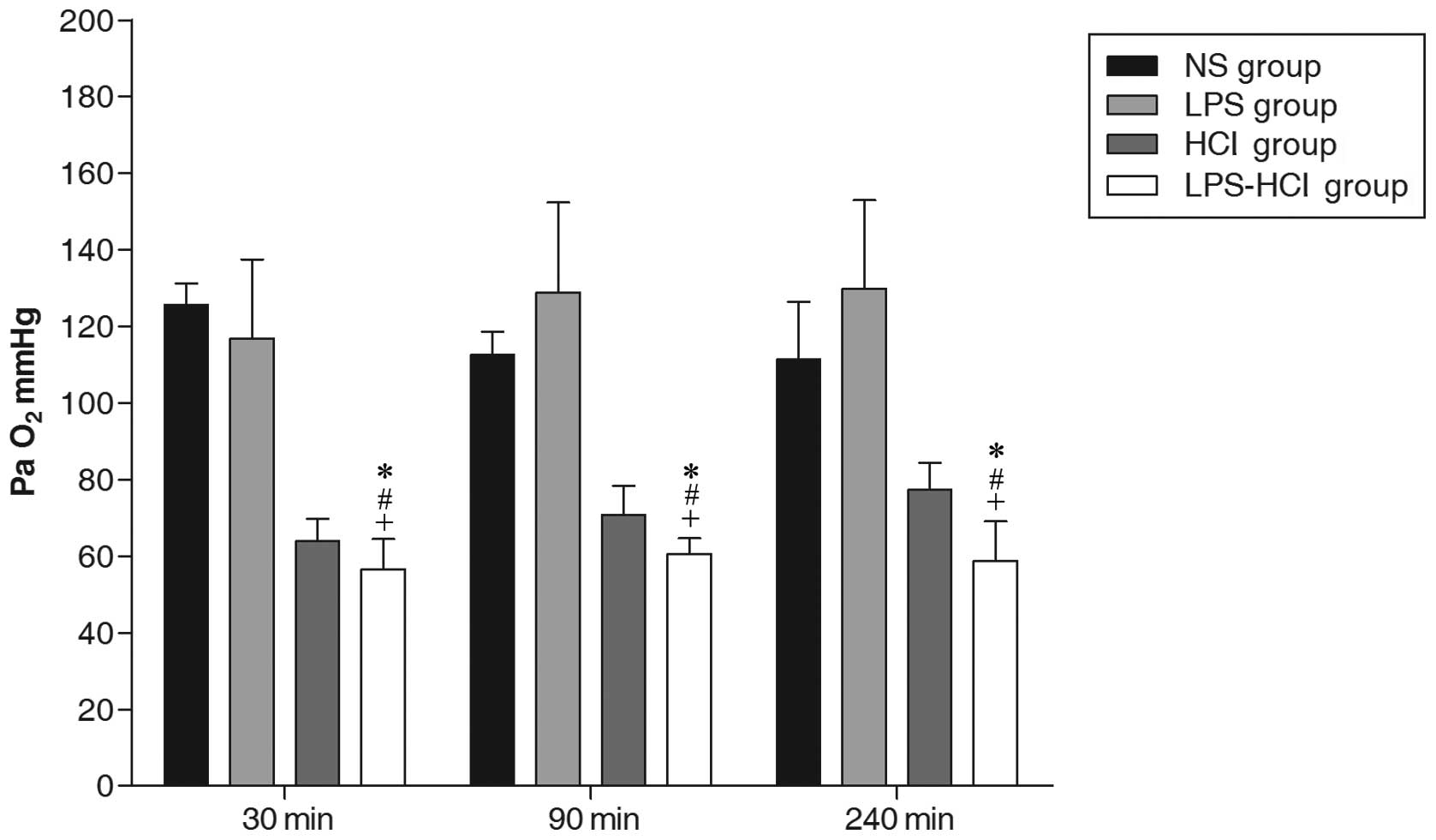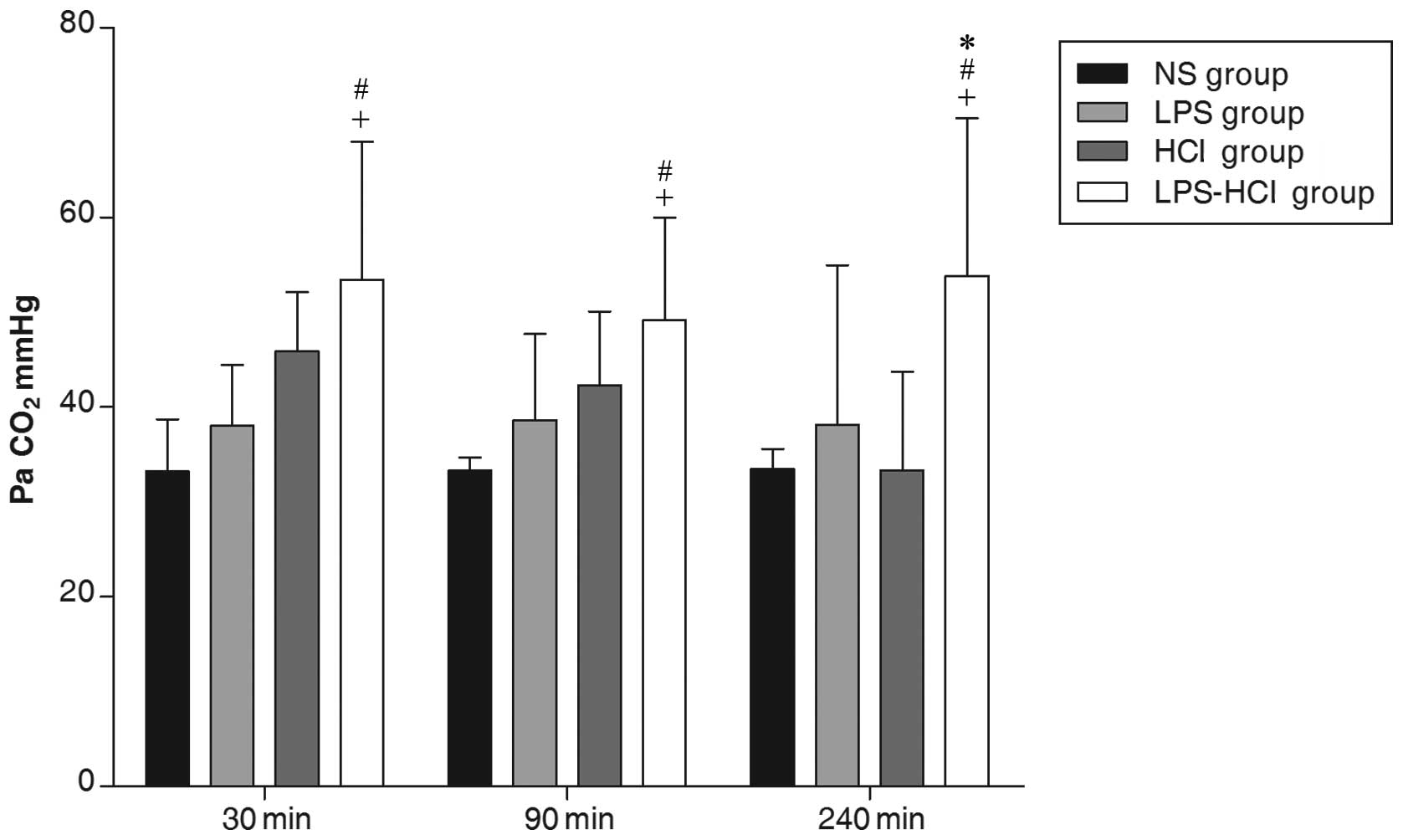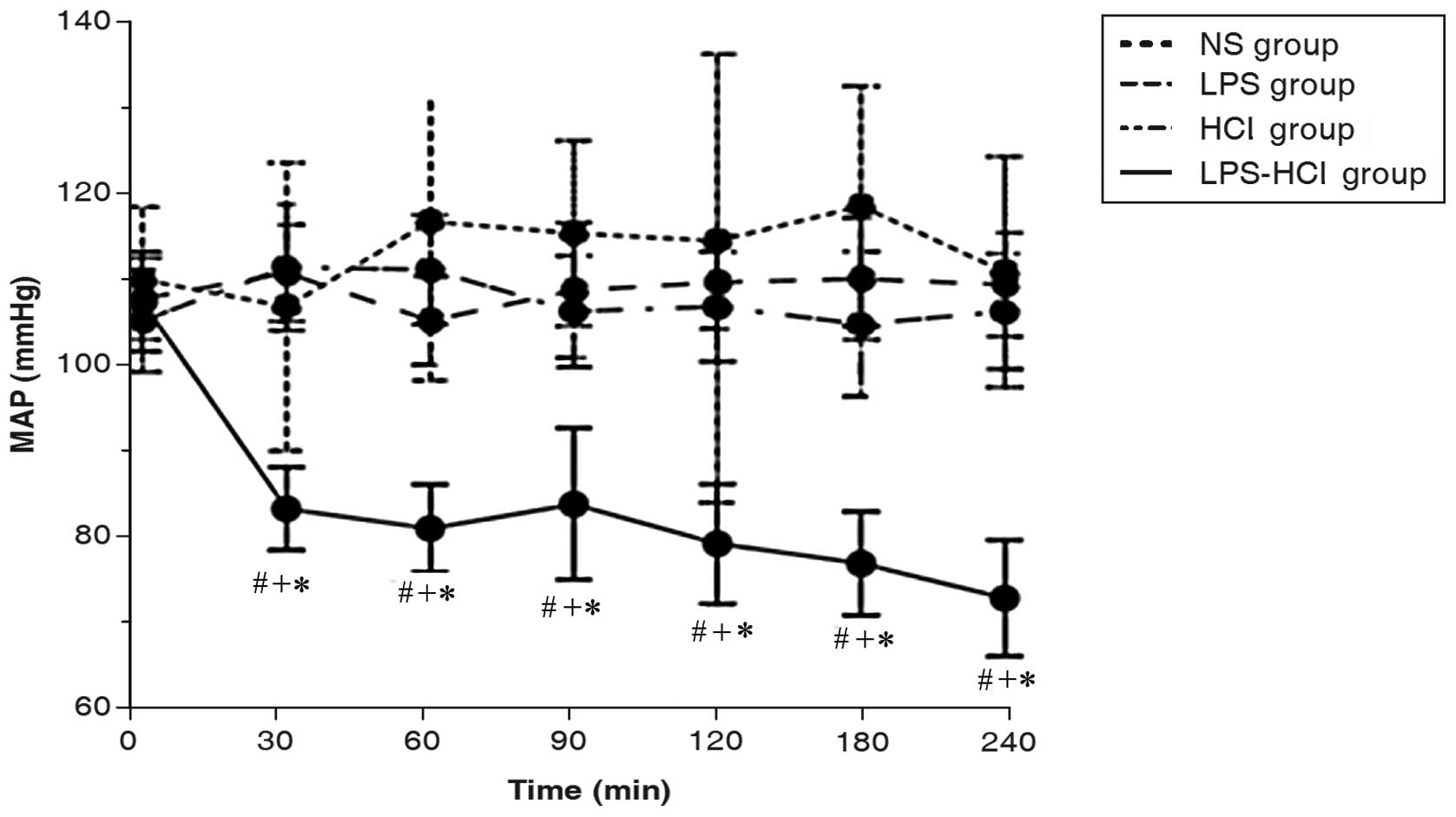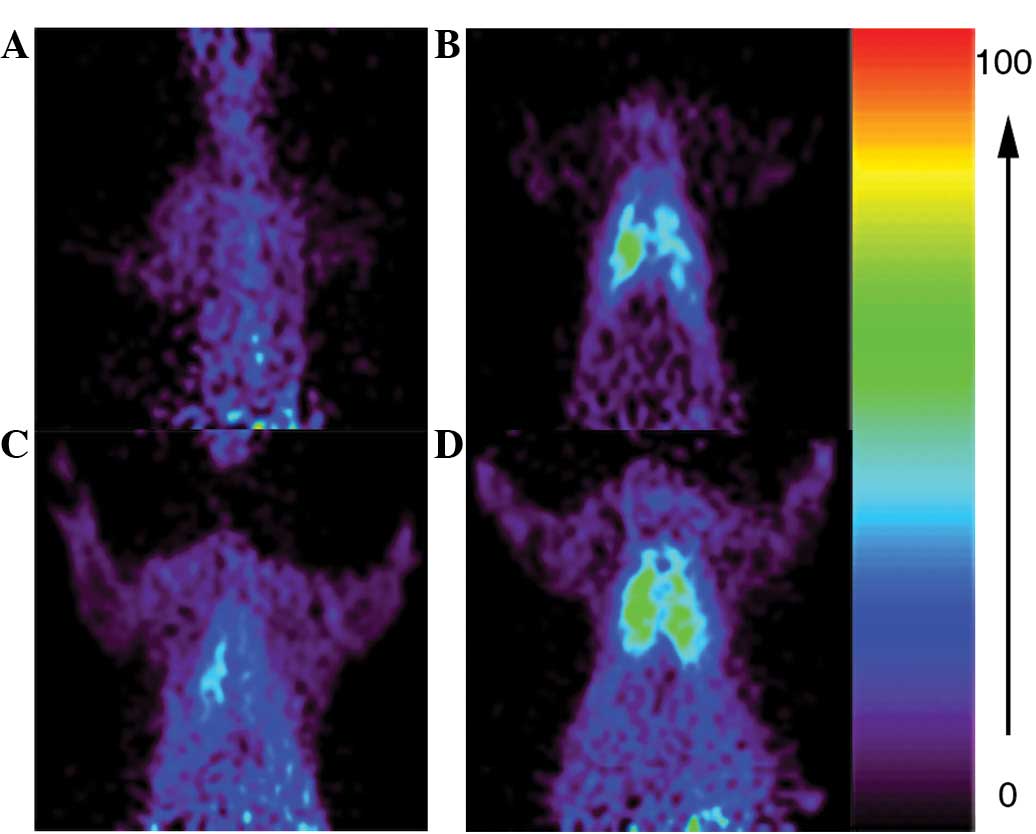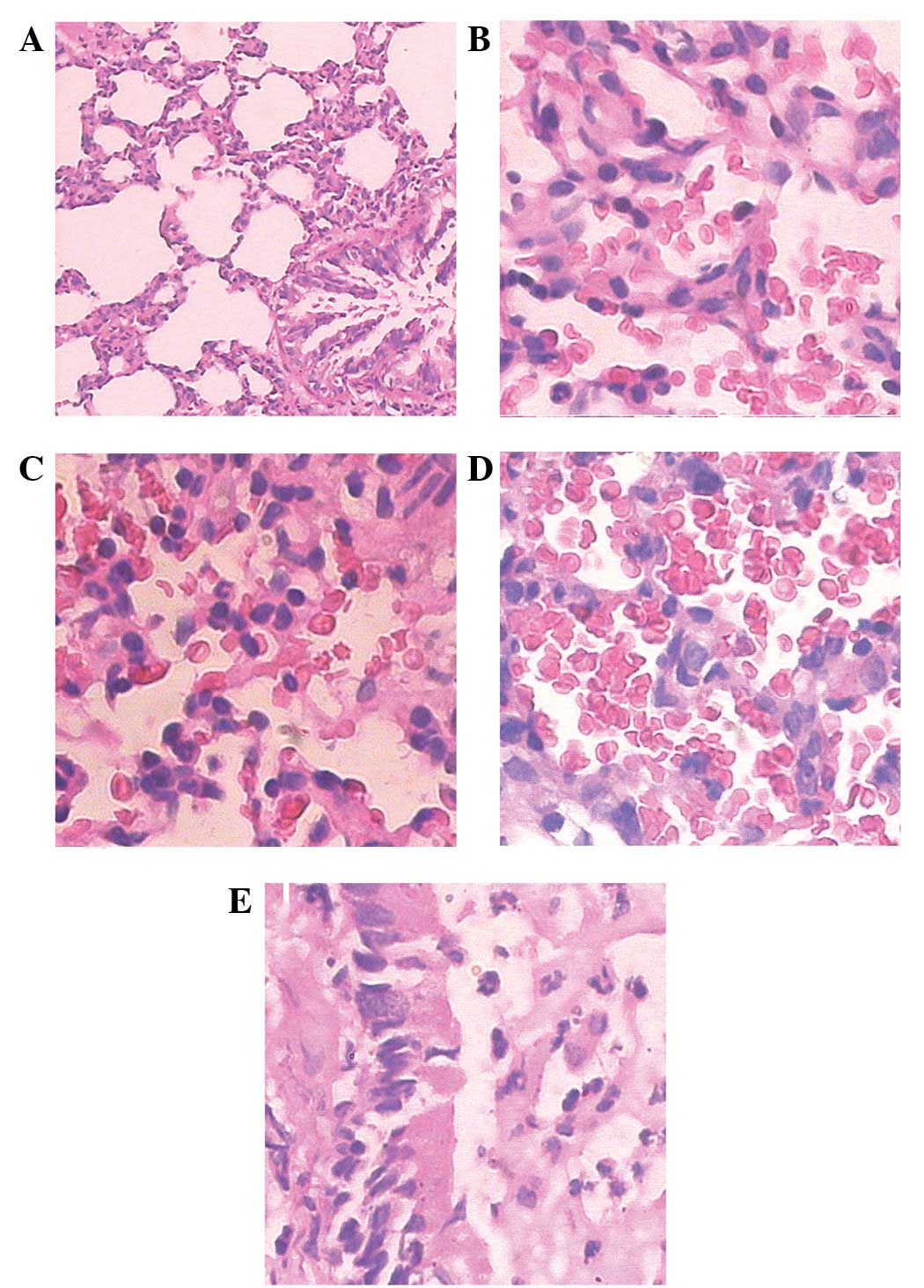|
1.
|
Jeyaseelan S, Chu HW, Young SK, Freeman MW
and Worthen GS: Distinct roles of pattern recognition receptors
CD14 and Toll-like receptor 4 in acute lung injury. Infect Immun.
73:1754–1763. 2005. View Article : Google Scholar : PubMed/NCBI
|
|
2.
|
Isik AF, Kati I, Bayram I and Ozbek HA: A
new agent for treatment of acute respiratory distress syndrome:
thymoquinone. An experimental study in a rat model. Eur J
Cardiothorac Surg. 28:301–305. 2005. View Article : Google Scholar : PubMed/NCBI
|
|
3.
|
Hu P, Wang X, Haitsma JJ, Furmli S, Masoom
H, Liu M, et al: Microarray meta-analysis identifies acute lung
injury biomarkers in donor lungs that predict development of
primary graft failure in recipients. PLoS One. 7:e455062012.
View Article : Google Scholar : PubMed/NCBI
|
|
4.
|
Matthay MA, Zimmerman GA, Esmon C,
Bhattacharya J, Coller B, Doerschuk CM, et al: Future research
directions in acute lung injury: summary of a National Heart, Lung,
and Blood Institute working group. Am J Respir Crit Care Med.
167:1027–1035. 2003. View Article : Google Scholar : PubMed/NCBI
|
|
5.
|
Chen KB, Lee CY, Lee JJ, Tsai PS and Huang
CJ: Platonin mitigates lung injury in a two-hit model of
hemorrhage/resuscitation and endotoxemia in rats. J Trauma Acute
Care Surg. 72:660–670. 2012. View Article : Google Scholar : PubMed/NCBI
|
|
6.
|
Domenici L, Pieri L, Gallè MB, Romagnoli P
and Adembri C: Evolution of endotoxin-induced lung injury in the
rat beyond the acute phase. Pathobiology. 71:59–69. 2004.
View Article : Google Scholar : PubMed/NCBI
|
|
7.
|
Lu KW, William Taeusch H, Robertson B,
Goerke J and Clements JA: Polymer-surfactant treatment of
meconium-induced acute lung injury. Am J Respir Crit Care Med.
162:623–628. 2000. View Article : Google Scholar : PubMed/NCBI
|
|
8.
|
Rodrigues RS, Miller PR, Bozza FA,
Marchiori E, Zimmerman GA, Hoffman JM and Morton KA: FDG-PET in
patients at risk for acute respiratory distress syndrome: a
preliminary report. Intensive Care Med. 34:2273–2278. 2008.
View Article : Google Scholar : PubMed/NCBI
|
|
9.
|
Rodrigues RS, Carvalho AR, Morton KA and
Bozza FA: (18)-F-fluorodeoxyglucose positron emission
tomography/computed tomography study in acute lung injury/acute
respiratory distress syndrome. Crit Care Med. 38:347–348. 2010.
View Article : Google Scholar
|
|
10.
|
Dittrich AS, Winkler T, Wellman T, de
Prost N, Musch G, Harris RS and Vidal Melo MF: Modeling
18F-FDG kinetics during acute lung injury: experimental
data and estimation errors. PLoS One. 7:e475882012.PubMed/NCBI
|
|
11.
|
Love C, Tomas MB, Tronco GG and Palestro
CJ: FDG PET of infection and inflammation. Radiographics.
25:1357–1368. 2005. View Article : Google Scholar
|
|
12.
|
Cepkova M and Matthay MA: Pharmacotherapy
of acute lung injury and the acute respiratory distress syndrome. J
Intensive Care Med. 21:119–143. 2006. View Article : Google Scholar : PubMed/NCBI
|
|
13.
|
Abraham E: Neutrophils and acute lung
injury. Crit Care Med. 31(Suppl): S195–S199. 2003. View Article : Google Scholar : PubMed/NCBI
|
|
14.
|
Huang TY, Tsai PS, Wang TY, Huang CL and
Huang CJ: Hyperbaric oxygen attenuation of
lipopolysaccharide-induced acute lung injury involves heme
oxygenase-1. Acta Anaesthesiol Scand. 49:1293–1301. 2005.
View Article : Google Scholar : PubMed/NCBI
|
|
15.
|
Reutershan J, Morris MA, Burcin TL, Smith
DF, Chang D, Saprito MS and Ley K: Critical role of endothelial
CXCR2 in LPS-induced neutrophil migration into the lung. J Clin
Invest. 116:695–702. 2006. View
Article : Google Scholar : PubMed/NCBI
|
|
16.
|
Chu CH, David Liu D, Hsu YH, Lee KC and
Chen HI: Propofol exerts protective effects on the acute lung
injury induced by endotoxin in rats. Pulm Pharmacol Ther.
20:503–512. 2007. View Article : Google Scholar : PubMed/NCBI
|
|
17.
|
Lu MY, Kang BH, Wan FJ, Chen CS and Huang
KL: Hyperbaric oxygen attenuates lipopolysaccharide-induced acute
lung injury. Intensive Care Med. 28:636–641. 2002. View Article : Google Scholar : PubMed/NCBI
|
|
18.
|
Lang JD and Hickman-Davis JM: One-hit,
two-hit...is there really any benefit? Clin Exp Immunol.
141:211–214. 2005. View Article : Google Scholar : PubMed/NCBI
|
|
19.
|
Ware LB and Matthay MA: The acute
respiratory distress syndrome. N Engl J Med. 342:1334–1349. 2000.
View Article : Google Scholar : PubMed/NCBI
|
|
20.
|
Steinberg J, Halter J, Schiller H, Gatto L
and Nieman G: The development of acute respiratory distress
syndrome after gut ischemia/reperfusion injury followed by fecal
peritonitis in pigs: a clinically relevant model. Shock.
23:129–137. 2005. View Article : Google Scholar
|
|
21.
|
Fan J, Marshall JC, Jimenez M, Shek PN,
Zagorski J and Rotstein OD: Hemorrhagic shock primes for increased
expression of cytokine-induced neutrophil chemoattractant in the
lung: role in pulmonary inflammation following lipopolysaccharide.
J Immunol. 161:440–447. 1998.
|
|
22.
|
Zhou R, Hu DY, Liu LM and Zhou XW:
Protective effects of apocynin on ‘two-hit’ injury induced by
hemorrhagic shock and lipopolysaccharide. Acta Pharmacol Sin.
23:1023–1028. 2002.
|















